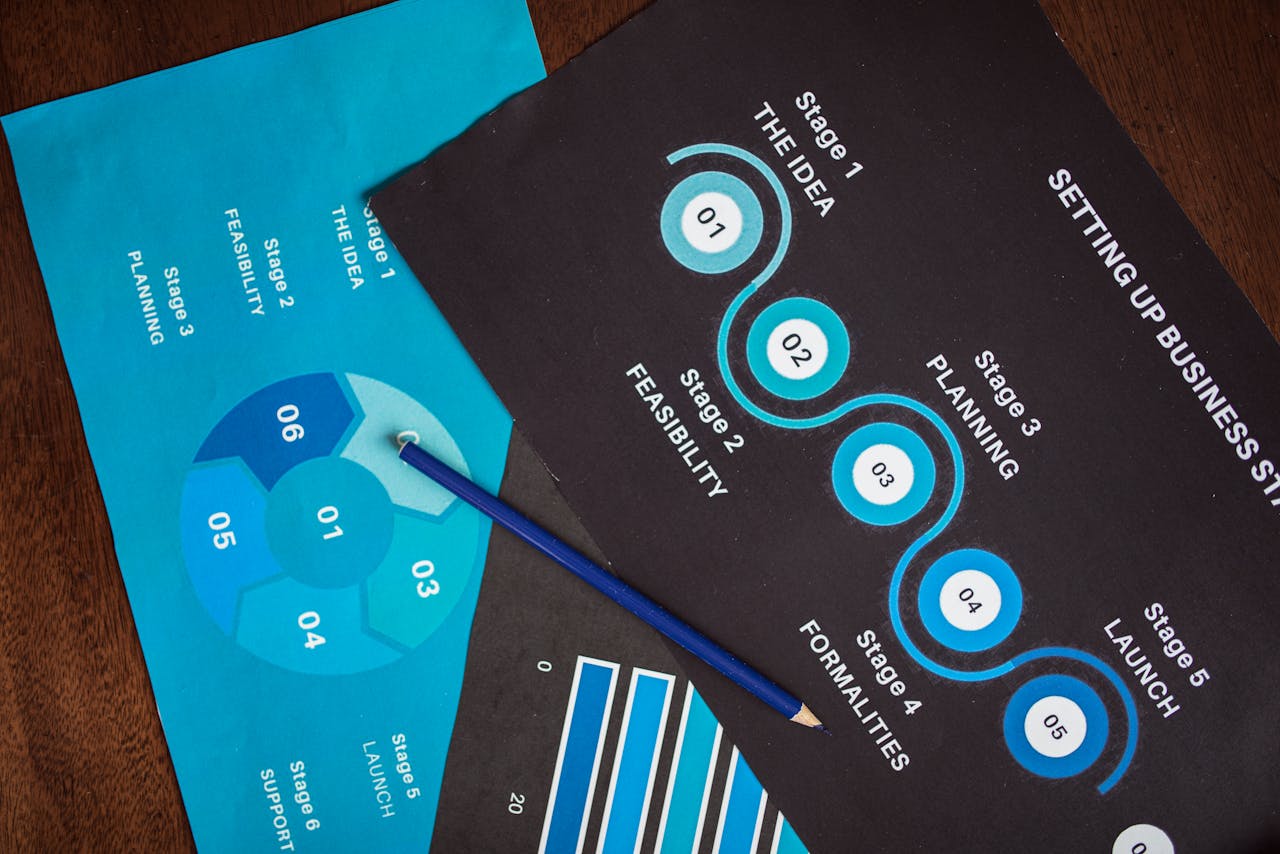Strategic Office Enhancements to Drive Team Performance and Engagement
The design and functionality of an office have a profound impact on employee performance and engagement. A well-planned workspace can foster collaboration, creativity, and overall job satisfaction, while poorly designed spaces may hinder productivity and morale. Here are several strategic office enhancements that can transform a workspace, helping teams thrive and stay motivated.
1. Start With a Professional Redesign
An office fitout by a professional company can be a game-changer for organisations aiming to create a more functional and appealing workspace. Professional fitouts consider everything from layout design and ergonomics to lighting and acoustics, ensuring each element is optimised to enhance team performance. Fitouts often include customisable solutions, such as modular furniture and adaptable spaces, that are tailored to the specific needs of the team.
By working with a fitout specialist, companies can maximise space use, promote efficient workflows, and create an environment that aligns with their brand and culture. A well-planned fitout lays the foundation for all other enhancements, making it easier to create a workspace that boosts productivity and engagement from day one.
2. Enhanced Lighting for Comfort and Productivity
Lighting is a crucial yet often overlooked element of office design. Natural light has been shown to improve mood, energy levels, and productivity, making it an essential feature in any workspace. Large windows, skylights, or even light tubes that bring sunlight into interior spaces can have a substantial impact on team performance.
Where natural light isn’t available, opt for high-quality, adjustable LED lighting that mimics daylight. Individual desk lamps can also allow employees to customize their lighting based on personal preferences, reducing eye strain and fatigue. A well-lit office enhances alertness and focus, creating a more engaging environment for employees.
3. Incorporating Ergonomic Furniture
Ergonomic furniture is a worthwhile investment for employee well-being and long-term productivity. Adjustable chairs, sit-stand desks, and supportive monitor stands can help prevent the discomfort associated with prolonged sitting or poor posture. When employees feel physically comfortable, they are less likely to experience fatigue, pain, or distraction, which can significantly improve their focus and performance.
Ergonomic furniture, beyond physical health benefits, demonstrates that a company values its employees’ well-being. This attention to comfort can lead to increased job satisfaction and engagement, as employees feel supported in their work environment.
4. Creating Spaces for Breaks and Relaxation
An engaged team is one that feels balanced and refreshed, so providing areas for breaks is essential. Designated spaces like break rooms, lounges, or even small garden areas allow employees to step away from their work, recharge, and return with renewed energy. To encourage relaxation and social interaction, consider enhancing these areas with amenities like coffee machines, snacks, or comfortable seating.
Break spaces also foster spontaneous interactions among colleagues, helping to strengthen workplace relationships and build a sense of community. These connections contribute to higher levels of engagement and create a positive work culture that enhances overall team performance.
5. Integrating Technology for Efficiency
Modern technology plays a vital role in team performance. Investing in high-speed internet, collaborative software, and interactive presentation tools can help employees work more efficiently and stay engaged. Tools like project management software, video conferencing setups, and interactive whiteboards streamline communication and project tracking, which is especially valuable in hybrid or remote work environments.
In addition, smart office technology like automated lighting, temperature control, and booking systems for conference rooms can simplify daily operations, allowing employees to focus on their tasks. A technology-enhanced office keeps employees connected, organized, and ready to perform at their best.
Conclusion
Strategic office enhancements are not just aesthetic upgrades; they create an environment that actively supports team performance and engagement. Companies can foster a positive work atmosphere that empowers employees by incorporating flexible workspaces, effective lighting, ergonomic furniture, dedicated break areas, and cutting-edge technology. When a workspace is designed with purpose and care, it becomes a powerful tool for boosting productivity, morale, and overall job satisfaction. Investing in these enhancements leads to a healthier, more motivated team that can drive the company’s success.





